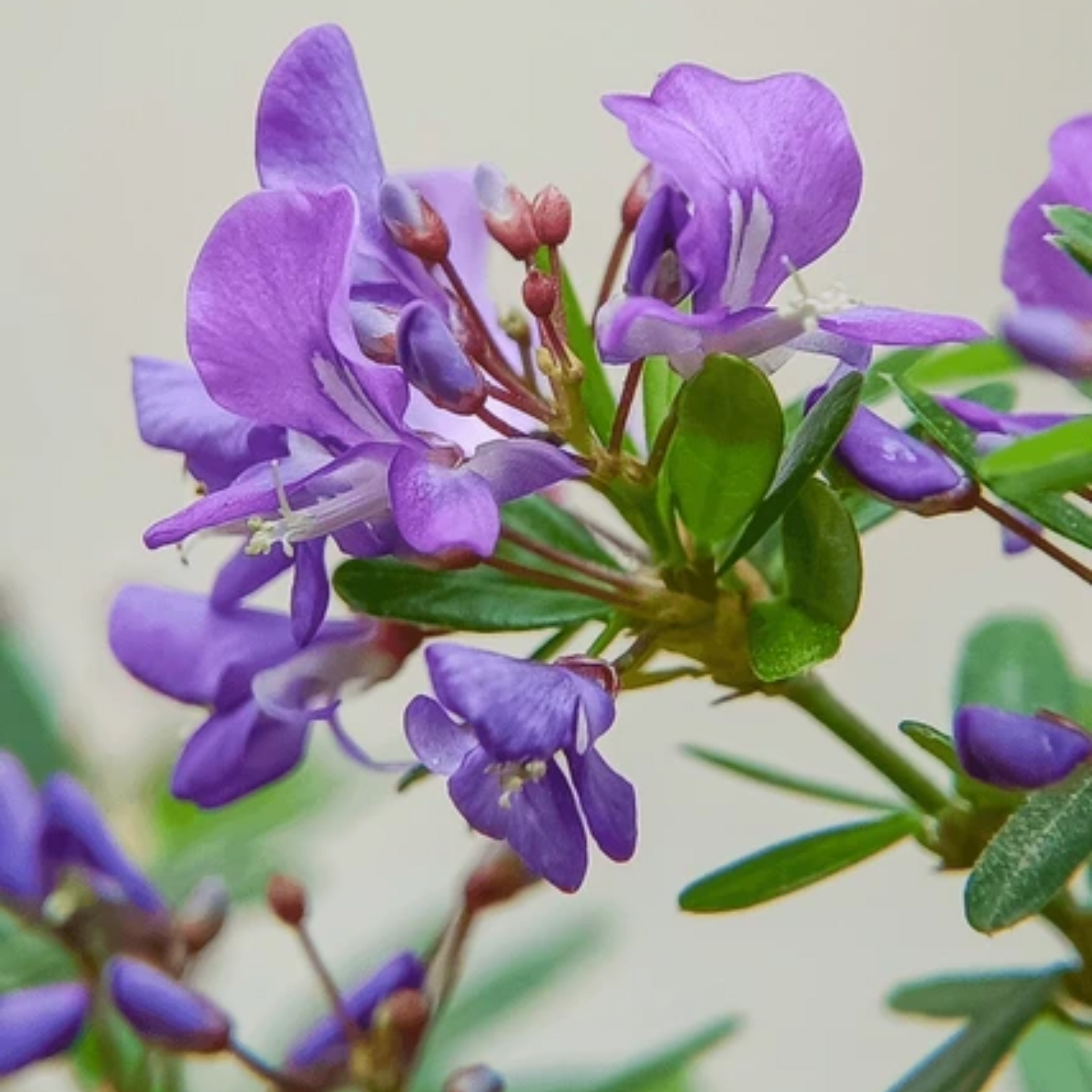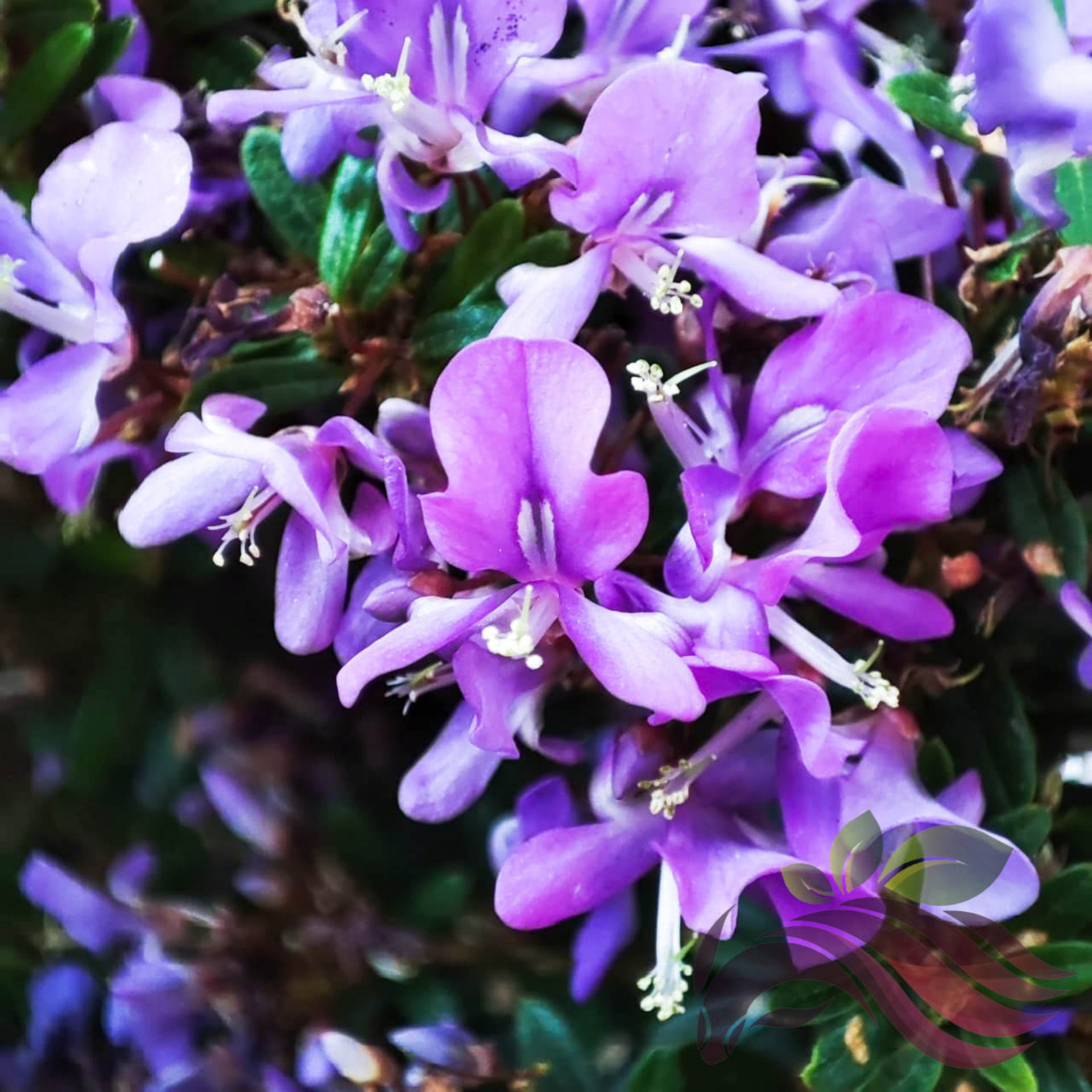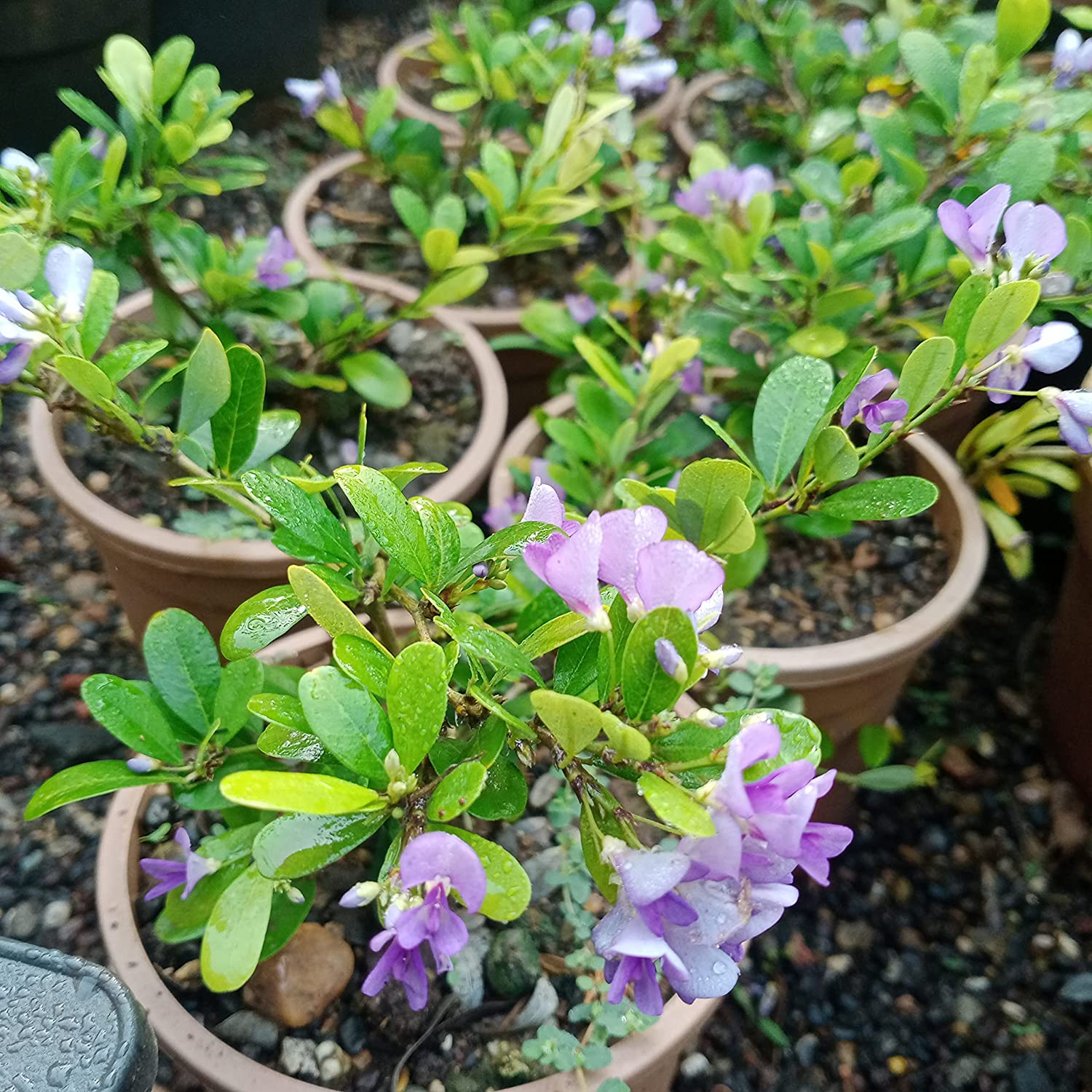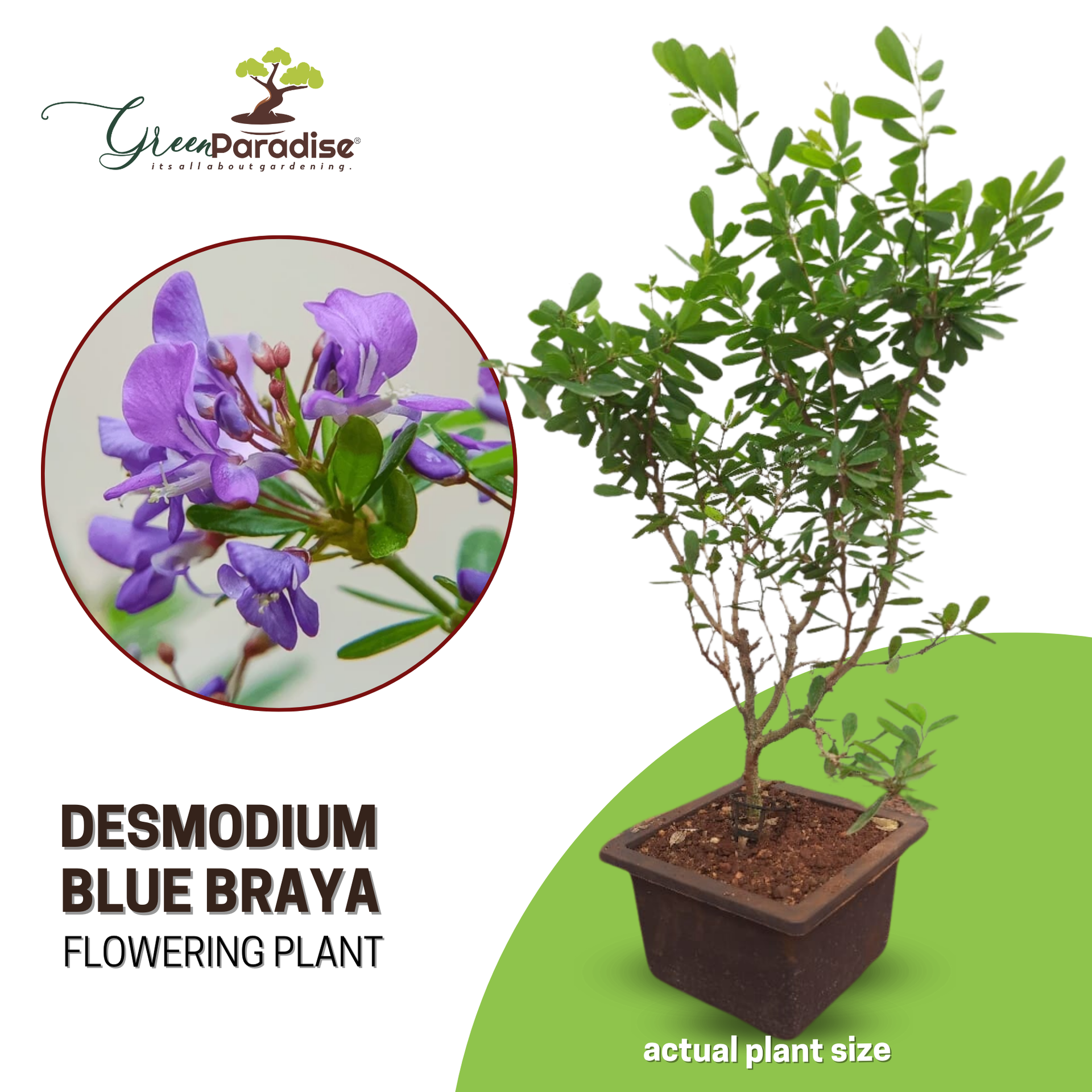



The Enigmatic Elegance of DESMODIUM
Blue Braya Plant: Nature's Hidden Gem
In the heart of our planet's diverse botanical tapestry lies a hidden gem, a botanical masterpiece that quietly thrives in the shadows, often escaping the attention it truly deserves. Meet the DESMODIUM Blue Braya plant, a remarkable species that captivates both the curious botanist and the casual nature enthusiast with its striking beauty and remarkable ecological contributions.
Unveiling the DESMODIUM Blue Braya: An Introduction
- The DESMODIUM Blue Braya (Desmodium brayae) is an exquisite perennial plant that belongs to the Desmodium genus, nestled within the vast legume family.
- Native to the Himalayan region, particularly in India and Nepal, this plant is celebrated for its unique aesthetic charm, ecological significance, and remarkable adaptability.
Aesthetics Beyond Compare
- One cannot help but be entranced by the DESMODIUM Blue Braya's aesthetic appeal.
- Its finely serrated leaves, reminiscent of delicate lacework, are adorned with a soothing shade of blue-green that casts a calming spell on anyone fortunate enough to behold it.
- The plant's petite, mauve-hued flowers daintily dangle from thin, arching stems, further enhancing its ethereal allure.
- But it's not just the physical appearance that captivates; it's the context in which this plant thrives that truly makes it stand out.
Ecological Significance: A Keystone Species
- The DESMODIUM Blue Braya is more than just a pretty face in the botanical world.
- It plays a crucial role in maintaining the fragile ecosystems of its native Himalayan habitat.
- This plant is a nitrogen-fixing legume, meaning it has a remarkable ability to enrich the soil with essential nutrients, particularly nitrogen.
- This nutrient enrichment is invaluable in ecosystems with nutrient-poor soils.
- Furthermore, its presence aids in preventing soil erosion, a rampant problem in mountainous regions.
- Its intricate root system acts as a natural net, holding the soil together and preventing it from being washed away during heavy rains or snowmelt.
A Symbol of Resilience
- One of the most remarkable aspects of the DESMODIUM Blue Braya is its adaptability to harsh conditions.
- It thrives in high-altitude environments, often above 4,000 meters, where few other plants dare to tread.
- This resilience is a testament to the plant's remarkable ability to withstand extreme cold, thin air, and intense solar radiation.
- Its adaptability serves as an inspiration to those seeking to understand nature's incredible capacity to adapt to challenging circumstances.
Conservation Efforts and Challenges
- Despite its ecological significance and breathtaking beauty, the DESMODIUM Blue Braya faces several challenges.
- Habitat destruction due to human activities, including deforestation and agriculture, poses a significant threat to its existence.
- Climate change is altering the delicate balance of its native ecosystems, potentially pushing this plant further towards endangerment.
- Attempts are being made to conserve and protect this one-of-a-kind species.
- Conservation organizations, along with local communities, are working to preserve its habitat and raise awareness about its importance.
The DESMODIUM Blue Braya
- In a world increasingly dominated by concrete and technology, the DESMODIUM Blue Braya stands as a symbol of the wonders of the natural world.
- Its delicate beauty and ecological contributions remind us of the intricate relationships that sustain our planet.
- It is our responsibility to appreciate, protect, and preserve this botanical marvel.
- By doing so, we not only safeguard the DESMODIUM Blue Braya but also contribute to the overall health and resilience of our planet's ecosystems.
- It's a call to action for us all to become stewards of nature, ensuring that the hidden gems of our natural world continue to flourish for generations to come.
Unveiling the Mysteries of Growing DESMODIUM Blue
Braya Plant: A Green Thumb's Guide
Gardening isn't just a hobby; it's a testament to our connection with nature. And if you're an avid gardener looking to add a touch of unique beauty to your garden, the DESMODIUM Blue Braya plant might just be your next green obsession. This mesmerizing plant, with its delicate blue-green leaves and graceful trailing vines, can transform any garden into an enchanting oasis.
Getting to Know the DESMODIUM Blue Braya Plant
- Before diving into the art of cultivating this exquisite plant, let's acquaint ourselves with it.
- The DESMODIUM Blue Braya (Desmodium repandum), sometimes referred to as the Blue Tick Clover or simply Blue Braya, is a trailing perennial herb native to South Asia.
- It's known for its trifoliate leaves, which resemble tiny clovers, and its striking blue-green foliage that has a captivating silvery sheen.
- But what truly makes this plant remarkable is its ability to "sleep."
- During the day, the leaves are wide open, capturing sunlight for photosynthesis.
- But as the sun sets, the leaflets fold together, creating a striking visual effect that has earned it the name "sensitive plant."
- This unique characteristic adds a sense of magic to any garden.
Choosing the Perfect Spot
- Growing a DESMODIUM Blue Braya plant starts with selecting the right location.
- These plants thrive in well-draining soil that's slightly acidic to neutral.
- If your garden soil is too alkaline, consider amending it with organic matter or peat moss to create the ideal environment.
- As for sunlight, Blue Braya plants prefer bright, indirect light.
- Morning sun with afternoon shade is ideal.
- If you're growing them indoors, place them near a bright window, but avoid direct sunlight, which can scorch their sensitive leaves.
Planting and Potting
- Once you've chosen your spot, it's time to get your hands dirty.
- Blue Braya plants are generally propagated from seeds, which are readily available from many nurseries and online retailers.
- You can start the seeds indoors in early spring or directly sow them in your garden after the last frost.
Here's how to plant them:
Prepare the soil:
Make sure the soil is well-prepared with good drainage. To improve drainage, add some perlite or sand.
Sow the seeds:
Plant the seeds about 1/4 inch deep in the soil. Space them at least 6 to 8 inches apart to allow room for growth.
Watering:
Maintain a consistently moist but not waterlogged soil. Overwatering can be detrimental to these plants, so be mindful of their sensitivity.
Thin the seedlings:
Once they sprout, thin them to about 12 to 18 inches apart to ensure they have enough space to thrive.
Caring for Your DESMODIUM Blue Braya Plant
Caring for your Blue Braya plant is relatively straightforward, as long as you understand its unique needs:
Watering:
As mentioned earlier, be cautious not to overwater. Allow the soil slightly dry between waterings.
Fertilizing:
Feed your Blue Braya with a balanced, water-soluble fertilizer every 4-6 weeks during the growing season (spring through early autumn).
Pruning:
Prune them occasionally to maintain a neat, compact shape. You can also train them to grow up a trellis for added elegance.
Protection:
While they are relatively low-maintenance, be prepared to protect them from snails and slugs, which can find the tender foliage irresistible.
The Enigmatic Evening Dance of DESMODIUM Blue Braya
- As evening approaches, watch in awe as your DESMODIUM Blue Braya plant starts to fold its leaves together, creating a captivating spectacle that truly sets it apart from other garden plants.
- It's a living testament to the wonders of nature, and your garden will never be the same.
- In conclusion, cultivating the DESMODIUM Blue Braya plant might be a unique challenge for a gardener, but it's a journey filled with enchantment and rewards.
- As you witness its nightly performance and care for its delicate needs, you'll discover a deeper connection to the world of plants and the mysteries of the natural world.
- So, roll up your sleeves, choose your perfect spot, and let the magic of the Blue Braya plant transform your garden into an oasis of wonder.




